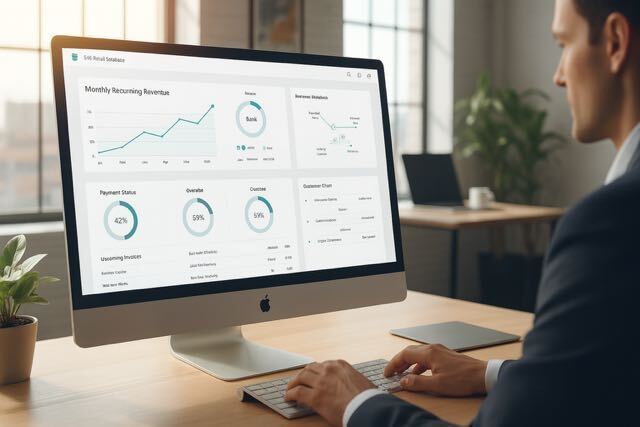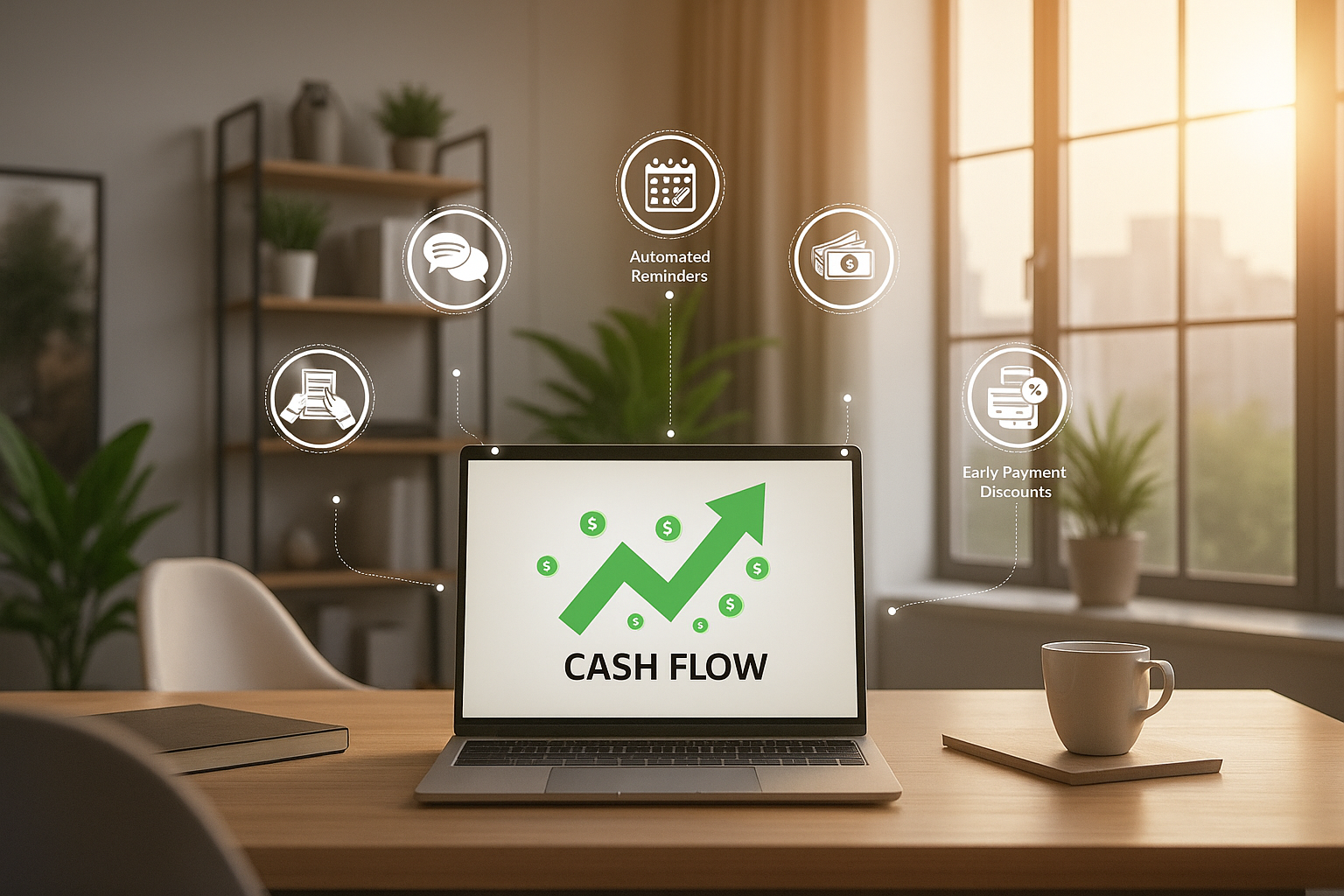Five-Point Checklist for Developing a Partner Enablement Strategy

Discover how to create a successful partner enablement strategy with our comprehensive five-point checklist. This blog guides you through the essential steps to empower your partners, enhance collaboration, and achieve mutual growth.
To build a successful partner enablement program, you must define your goals and expectations and come up with an action plan to meet them. Without proper planning, partner enablement can be tricky. Otherwise, you’ll end up with unengaged partners and stale relationships.
Integrate partners into your sales process to increase collaboration, acquire new opportunities, and grow your market presence. To achieve these outcomes, you must train and enable your partners using a dependable, repeatable process.
DOWNLOAD FREE PDF | Partner Enablement Checklist
What steps do you need to enable your partners to learn and sell? By organizing partner enablement within defined timelines and agreed-upon key performance indicators (KPIs), you can train your partners more effectively and boost market penetration in a consistent, cost-effective way.
To get started in defining your partner enablement processes, follow the framework in this checklist to launch your partner enablement strategy.
1. Create a Plan and Set Goals
Identify your partners’ requirements for their success. Then evaluate your relationships to set a foundation to help you determine where improvements are necessary.
To ensure successful collaboration between you and your partners, establish the following performance measures:
- Learning KPIs, such as course completions and monthly active learners
- Business KPIs, such as revenue growth and improved retention
- Content delivery methods—a combination of text, video, audio, chat rooms, and interactive assessment
- Ongoing support needs
- Feedback system
- Training and enablement implementation timeline
Setting goals and performance measures enables you to evaluate your partner program’s direction and pinpoint the areas that require additional focus. Further, they provide information about the efficiency of your partner’s onboarding and enablement process, product training, and sales collaboration.
READ BLOG | 3 Ways to Build Strong Channel Partnerships
2. Develop Content
Now that you know the goals and performance indicators that determine the success of your partnerships, work with your team to come up with a content plan to help you meet your partners' needs for information. This team should include a mix of your subject matter experts (SMEs), product managers, and marketing team.
Don’t assume your previous enablement materials will apply to this new collaboration. That means you might need to update your current onboarding, sales enablement, or partner content to make it the right fit for this partner. Although some of these materials may apply, you might need to make some adjustments.
Build an engaging content library that your partners can consistently turn to. Include both basic training and product knowledge documents for unique use cases. Use the following examples as a guide for what you can include in your content plan.
Types of partner enablement materials:
- Product demos
- Sales best practices
- Industry insights
- Compliance training
- Inbound and outbound marketing strategies
- Brand and message
- Customer profiles and pain points
For a superior training and learning experience, keep in mind the following best practices in designing your content.
Best practices for enablement design:
- Ensure your content has all the essential information and is written clearly.
- Incorporate product videos and images in your content.
- Personalize your partner-facing content and customize elements to reflect the use cases of their target audience.
- Create learning paths to help your partners understand the information structure.
- Group relevant content together to help your partners retain more information.
- Include quizzes and other interactive elements to make the learning more effective.
If you’re using a learning management system (LMS), automate and tailor content delivery to ensure more partner engagement.
DOWNLOAD PDF | Partner Enablement Strategy
3. Train Your Partners
Introduce your trainers, inform your partners about the training schedule, and distribute the content.
Sample Training Sessions
Welcome to your training program. Over the next [DAYS], from [TIME] to [TIME], [NUMBER] of our trainers will guide you in over [NUMBER] of total sessions. These sessions include both activities and lectures on the following subjects:
- [SUBJECT 1]
- [SUBJECT 2]
- [SUBJECT 3]
- [SUBJECT 4]
- [SUBJECT 5]
Break your training sessions into milestones to make the training more manageable. Also, conduct quizzes or interactive sessions to make learning more effective. Introduce rewards or incentives by recognizing your partners’ efforts to keep them motivated.
DOWNLOAD FREE PDF | Channel Partner Onboarding Template
Training Schedule Template
Day 1: [DATE] [TIME]
[TIME] – [SESSION]: [DESCRIBE SESSION]
[TIME] – [SESSION]: [DESCRIBE SESSION]
[TIME] – [SESSION]: [DESCRIBE SESSION]
Day 2: [DATE] [TIME]
[TIME] – [SESSION]: [DESCRIBE SESSION]
[TIME] – [SESSION]: [DESCRIBE SESSION]
[TIME] – [SESSION]: [DESCRIBE SESSION]
4. Track and Gather Feedback From Partners
Once your partner enablement program is up and running, gather feedback from your partners. Ask the following questions to track their progress:
- Are you getting the value you expected from our program?
- What challenges or pain points have you experienced since joining our partner program?
- What parts of the partner program have worked well for you?
As you continue to work toward your learning and business objectives, keep an eye on your KPIs to achieve strategic goals with your partners, and adjust your program as needed to accommodate any changes.
5. Evolve Your Enablement Program
Observe what is currently working and look for methods to improve from the perspectives of learning and profitability. If you want to improve your partner enablement program, seek answers to the following questions:
- Are the learning teams, company, and partners still in agreement on the defined KPIs?
- How much net revenue did your partnership generate?
- Do failed transactions have a pattern? For example, are certain use cases no longer valid?
- What feedback do partners’ clients have about the program?
- Where is your training lacking?
- What training methods are most beneficial?
- What media type is most effective, for example, slides, videos, or tests?
- What content delivery method is most preferred?
Gather answers to these questions through private discussions, such as from a lunch-and-learn. Or email your partners a survey that they can complete and return.
Because your enablement program requires regular updates, ask and get answers to these questions on a regular basis so you can refine your partner enablement strategy to keep it fresh.
READ BLOG | Maximize Revenue Using These 4 Channel Partner Strategies
Make Partner Enablement Simple yet Effective With Zomentum
Your relationship with your channel partners will be more beneficial if you exceed their expectations in educating them on all your requirements.
Streamline and simplify your channel partner enablement process with Zomentum for vendors. This next-generation partner relationship management solution (PRM+) enables you to:
- Guide your partners on how to sell your products.
- Offer training and sales enablement content.
- Support partners actively and provide shadow assistance on deals.
- Automate onboarding for swift time-to-value.
Adopt a partner-first channel strategy. Apply to join.





.png)









